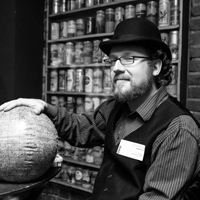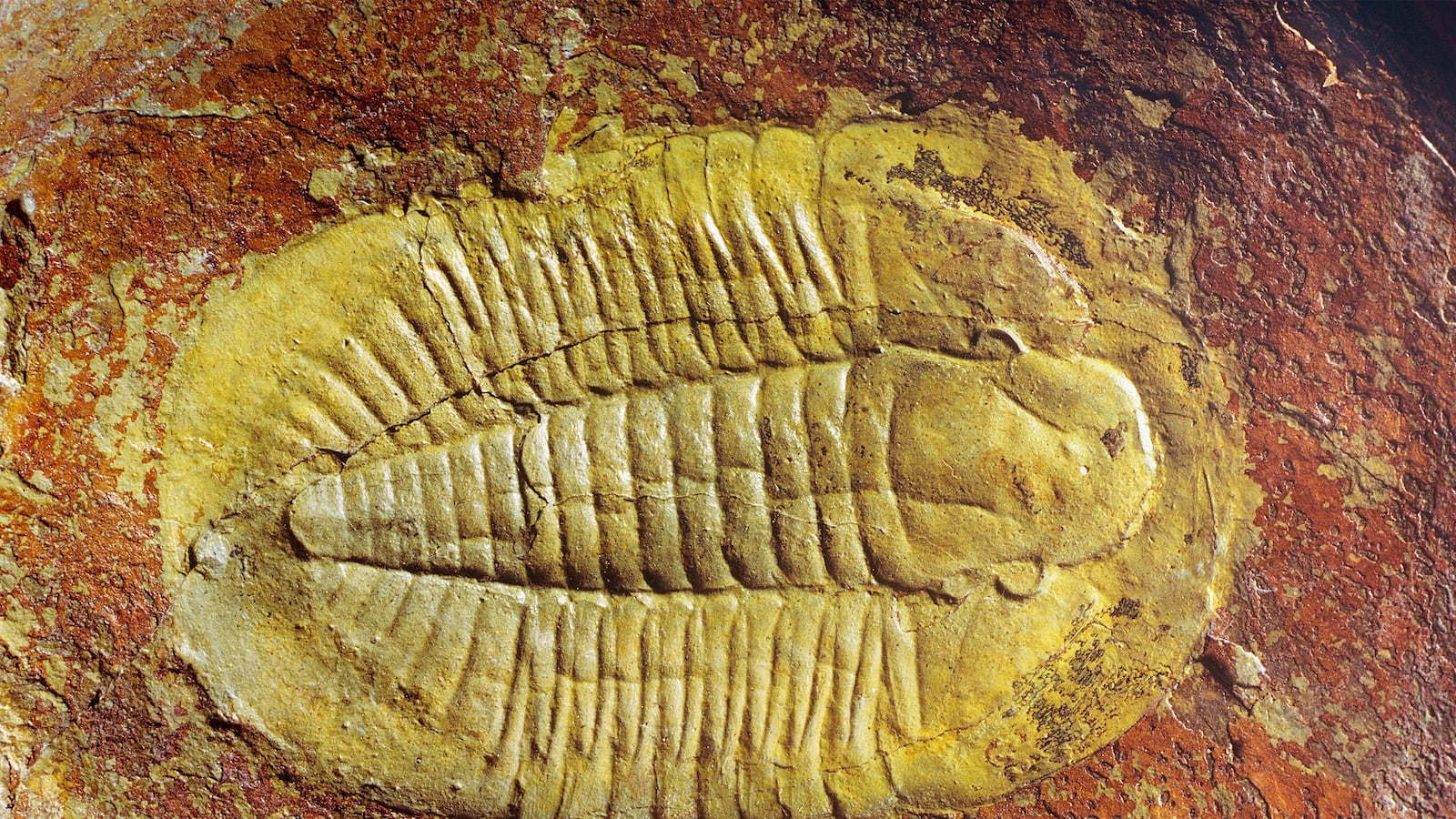Life seems to have started on Earth almost as soon as the surface cooled off enough to make it possible. However, complex animal life—everything from insects to fish to humans—took a lot longer to show up. Given that modern animals are a phenomenally diverse group that evolved relatively quickly, why were they so slow to get going?
The answer may be that animals are greedy: they need a lot of oxygen to grow big and complicated. Early Earth didn’t have much oxygen, but microbes changed the chemical content of the atmosphere over time from something alien and poisonous to us into the breathable air we have today. A new paper showed that the oxygen level as recently as 800 million years ago was only a tiny fraction of today’s—far too low to support oxygen-breathers like our ancestors and their relatives.
Life on Earth has always belonged mainly to microorganisms. Clouds are full of microbes; they have been found in deep mines and on the ocean floor. They outnumber and may even outweigh all other forms of life. If all animals vanished, most bacteria would still live on, but if all bacteria disappeared, we would die quickly.
The history of life on Earth reflects this as well. The first single-celled organisms appeared about 3.8 billion years ago, while the first known multi-cellular organisms evolved 2.1 billion years ago. However, these were “primitive” in our human-centric eyes: they didn’t have specialized organs for breathing or eating, much less brains for the wasteful activity we call “thinking”.
Then in the Cambrian era, around 570 million years ago, recognizably complex animal life evolved, including vertebrate ancestors. This change was relatively rapid in evolutionary terms, and a lot of diverse critters came out of it. Thus, something significant must have changed between 2.1 billion years and 570 million years to let animals diversify and complexify.
To explain this great change, scientists consider several possible explanations. One environmental (as opposed to genetic) idea: animals breathe in oxygen, so there needs to be enough oxygen in the air and water. (Technically I shouldn’t say “breathe”, but it’s more convenient than “respirate”. Biologists are free to hate me.) Corals, sponges, and the like require less oxygen than crabs or fish, so oxygen levels limit what sorts of animals can evolve in a particular environment.
It’s a tricky hypothesis to test, but signs of atmospheric oxygen levels can be left in rock deposits. For example, by studying really ancient rocks, we know Earth’s atmosphere initially had a lot more carbon dioxide and virtually no oxygen, like Mars or Venus, but with a lot more nitrogen. The earliest organisms used carbon dioxide, but didn’t produce oxygen until the evolution of cyanobacteria (also known as “blue green algae”) around 2.7 billion years ago.
Once cyanobacteria started exhaling oxygen, Earth’s chemistry changed forever. Oxygen is an extremely reactive chemical, corroding metals, rusting iron, and fueling fires. That reactivity made it useful for some organisms: the chemical reactions using oxygen allowed newly-evolved animals to use new food sources, including each other. Other organisms died off in large numbers because oxygen was poisonous to them. (A moment of silence for all those microbes who died in the oxygenation of Earth's atmosphere.)
The reactivity of oxygen is also helpful for geologists. When oxygen first entered the atmosphere in significant amounts, it created a chemical change in many rocks deposited in the deep past. The new paper looked specifically at rocks containing the metal chromium (Cr on the periodic table), and seeing what fraction had oxidized: reacted with oxygen.
Unlike metals like iron, which rusts and corrodes dramatically, chromium remains stable after oxidation and subsequent burial. That makes it a reliable way to measure how much oxygen was in the atmosphere when the minerals were deposited. The authors of the paper looked at rocks in China formed 1.7 billion years ago, others formed about 500 million years later in the United States, and those deposited about 1.45 billion years ago in Australia, comparing them to 900 million year-old minerals in Canada.
These rocks—laid down in the middle of the period when cyanobacteria were doing their oxygen-making thing—indicated Earth had at most one-thousandth (0.1 percent) of the atmospheric oxygen it does today. While that might be enough for some animals, it’s far from the levels needed to support complex animals, including the ancestors of the vertebrates, crustaceans, insects, and other recognizable creatures.
This result is at odds with earlier estimates, which indicated oxygen was at least 40 percent of present levels during the same era. Those more generous estimates were based on a model of slow but steady oxygen increases over time, whereas the chromium method indicates a more rapid ramping up right before the Cambrian era. So as is usually the case, researchers will have to determine exactly why these estimates disagree.
The conditions for life on early Earth are important for understanding where organisms like us came from. However, they’re also essential if we are to find life anywhere else in the galaxy. If the chemistry of life is only detectable in the atmosphere after it has been at work for billions of years, then there might be many habitable worlds that could look lifeless just in terms of atmospheric chemistry. Either way, it highlights the subtle and fascinating way life shapes—as well as being shaped by—its environment.






